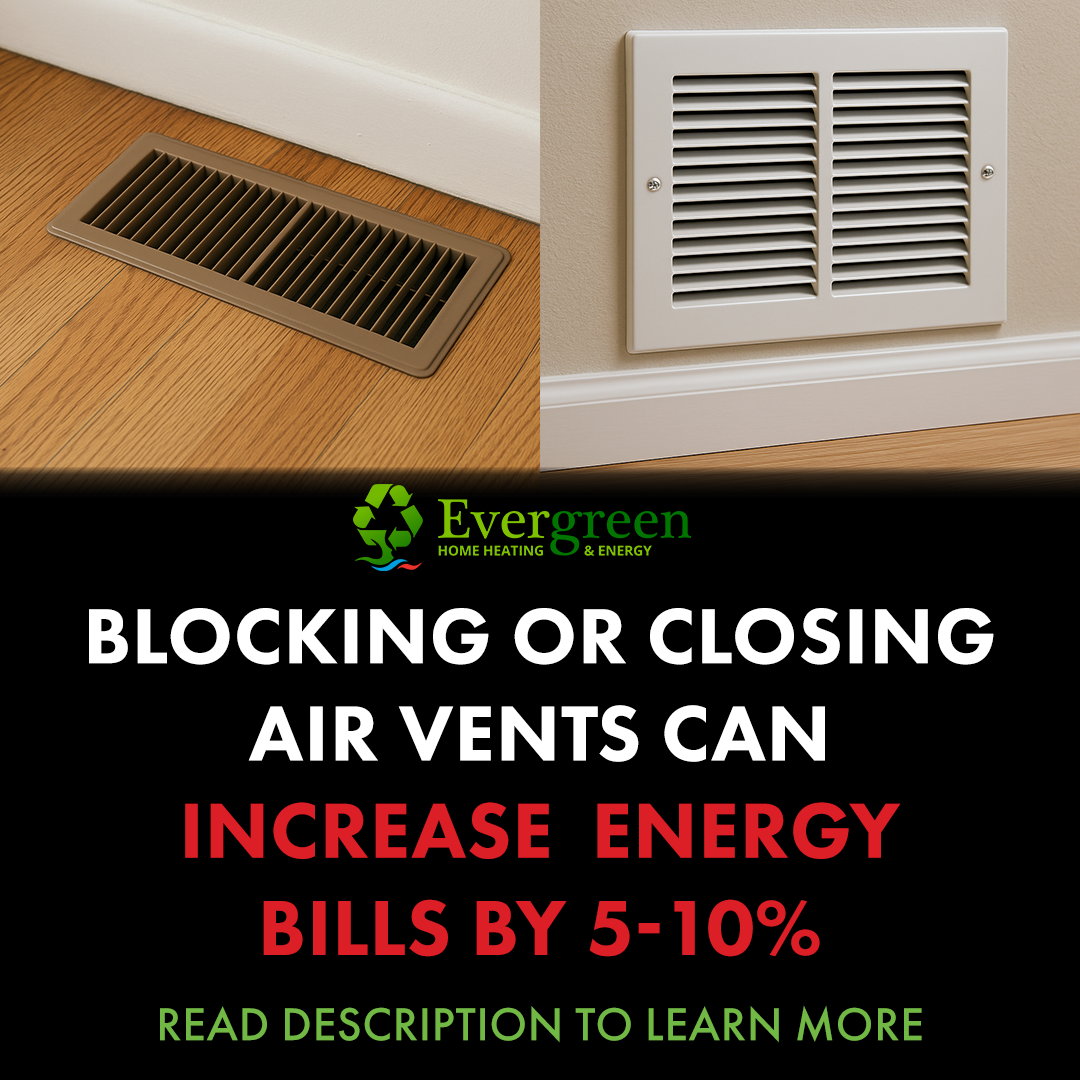Service Areas & Cities
Here Are The Areas We Serve In The King County Region
What size Mini-Split do I need? Finding the perfect fit for you

If you're considering upgrading to a mini split air conditioner in your home, one critical factor to consider is the size of the system. Choosing the right size mini split is essential for optimal performance, efficiency, and comfort. Let's explore the key considerations to help you determine the perfect fit for your living space.
Factors Influencing Mini Split Size:
Room Size: The primary factor in sizing a mini split is the square footage of the room or area you want to cool and heat. Larger rooms will require more cooling capacity to maintain a comfortable temperature.
Ceiling Height: Taller rooms may need a mini split with higher cooling capacity to effectively distribute conditioned air throughout the space. Consider both the square footage and the height of the room for accurate sizing.
Insulation and Construction: The insulation quality and construction materials of your home play a crucial role. Well-insulated homes may require less cooling capacity, while older or less insulated homes might need a larger system to compensate for heat loss or gain.
Climate: Seattle's climate is characterized by mild summers and cool winters. While this might influence your heating needs, it's essential to focus on cooling requirements when sizing a mini split. Consider the peak summer temperatures to ensure the system can handle the demand.
Determining Cooling Capacity (BTUs):
The cooling capacity of mini splits is measured in British Thermal Units (BTUs) per hour. Here's a general guideline to help you estimate the BTUs needed for your space:
• Small Rooms (150-350 sq. ft.): 6,000-9,000 BTUs
• Medium Rooms (350-550 sq. ft.): 9,000-12,000 BTUs
• Large Rooms (550-1,200 sq. ft.): 12,000-18,000 BTUs
• Open Living Areas (1,200+ sq. ft.): 18,000+ BTUs
*** These are intended to be rough estimates of the size unit needed for different sized spaces. You should always consult with a professional to fully understand all of the factors that need to be considered to heat and cool your specific home.***
Benefits of Proper Sizing:
Energy Efficiency: An adequately sized mini split operates efficiently, saving energy and reducing utility bills.
Consistent Comfort: Properly sized systems maintain consistent temperatures throughout your treated space, preventing hot or cold spots.
Extended Lifespan: Matching the system size to your needs ensures the mini split doesn't overwork, contributing to a longer lifespan.
Consult with HVAC Professionals:
While these guidelines provide a starting point, it's crucial to consult with HVAC professionals like our Comfort Advisors. At Evergreen Home Heating and Energy we preform top of the line assessments. We take into account specific factors unique to your home and climate, including estimated heat lost, and home layout. An accurate sizing calculation ensures the mini split operates efficiently, preventing issues like insufficient cooling or unnecessary energy consumption.
Selecting the right size mini split is a critical step in optimizing comfort and efficiency in your Seattle home. By considering factors like room size, insulation, and climate, and consulting with HVAC professionals, you can confidently choose a system that meets your specific cooling needs, providing year-round comfort in the ever-changing Pacific Northwest climate.




